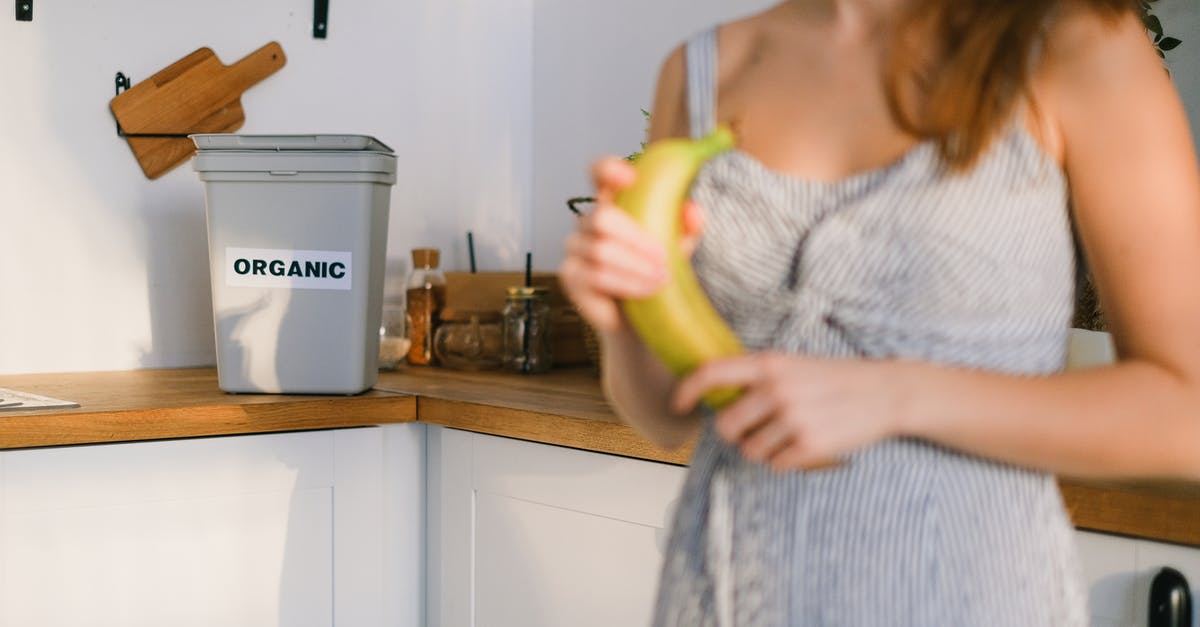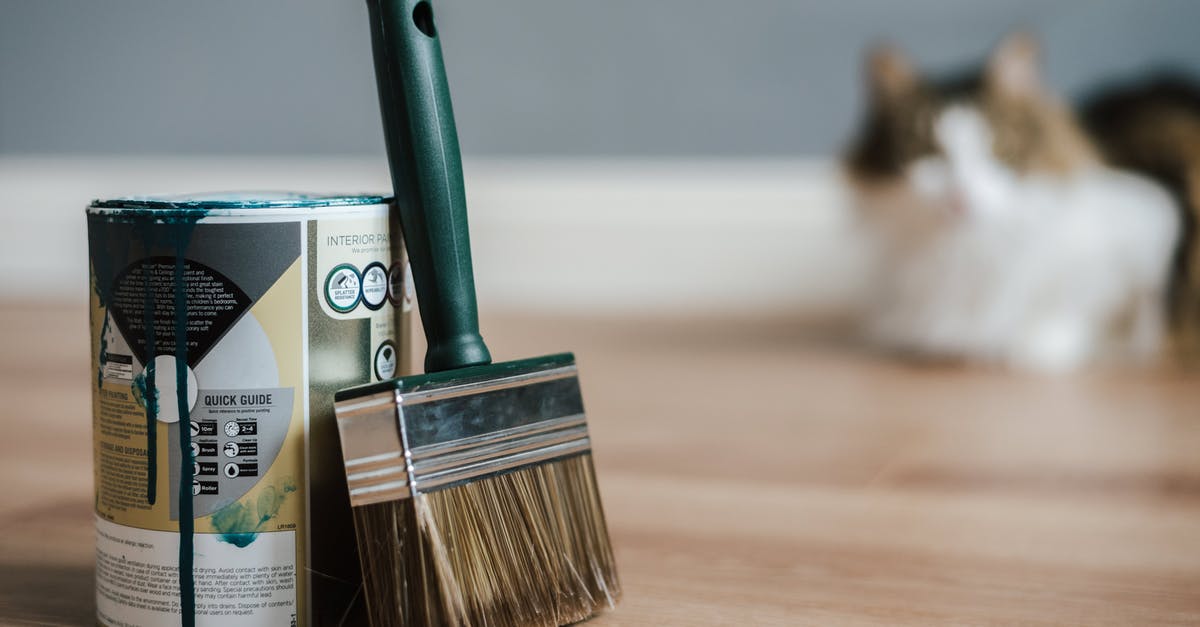How can I efficiently render 100 lbs of suet into tallow in a home kitchen?

As I mentioned in another question, I'm about to undergo a 100 lb suet-to-tallow rendering process. The problem is, as much as I love tallow, I've never rendered suet myself before and I have a million questions (though I'll try to keep it to a few key points). After a lot of research, here is what I've come up with:
- Trim, chop, and partially freeze suet
- Run it through a food processor
- Render with or without water
- Strain and cool
It seems there are 3 rendering options for the typical home kitchen:
- Oven at 250°F
- Stovetop on low/very low (I have an electric range/hobs)
- Crockpot on low setting
And then there's a difference between rendering the fat by itself, or rendering it in water. A few convincing articles imply that rendering it in water creates more "pure" tallow.
I figure since I have so much to render, I'll try all three methods above simultaneously. I have: two crockpots; an enameled cast iron dutch oven and a few large stock pots for the stovetop; and a lot of casserole dishes for my two-rack oven. Even doing them all at the same time like this, I imagine it's still going to take a few (many?) rounds to render it all. I'd like to minimize that time if possible since I don't have room to store the suet for long, but producing quality tallow is equally important as I'll be giving some away.
My questions:
- Are there any methods for doing this in a typical home kitchen that I'm missing? The grill, perhaps, or is that too dangerous? I also have an electric wok.
- How can I do this as efficiently and quickly as possible? For example, can I stack casserole dishes in the oven or do I need to keep air flow maximized and just do what fits on the two racks at a time? How hot can I have the oven and stovetop without risking quality loss?
- Should I render with water or without it? Will it really make it more pure if I use water, and if not what will?
- About how much tallow can I expect to get from 100 lbs of suet? I have a rough estimate of 20 gallons in my head but that's based on numbers I found from a Google search.
Best Answer
It depends on what you need the tallow for and whether you want it to taste significantly of beef or not, water rendering will give a cleaner tallow.
With 100lbs of tallow, your main limiting factor is driving off all the water. Tallow is about 75% fat, 22% water and 3% protein so you basically need to boil off 22 pints of water. What heat sources do you have that's going to most efficiently boil off 22 pints of water?
Here's what I would recommend: chop about 1 - 2 lbs of the tallow into 1/2 inch sized pieces to start off with and start them rendering in a pan on the biggest burner you have set as high as possible. Place a thermometer in there and monitor when it reaches 250F, making sure to keep the bottom of the pot scrupulously clean of stuck on bits (if there are stuck on bits, transfer to another pot so that the bottom stays clean).
When it reaches 250F, add in another batch of tallow pieces too cool down the pot and wait until it gets back up to temp again. Repeat until all the tallow is rendered.
This process can be parallelized with multiple pots and thermometers if so desired. The more heat you can apply, the faster this will go.
Pictures about "How can I efficiently render 100 lbs of suet into tallow in a home kitchen?"



Quick Answer about "How can I efficiently render 100 lbs of suet into tallow in a home kitchen?"
How do you render suet to tallow?
Beef Suet is the hard fatty part of the cow that surrounds the kidneys. Beef Tallow is the rendered down fat from Suet. To make Beef Tallow, simply place Suet over low heat to render out the liquid fat. Both Suet and Tallow have been used for generations as an energy source, baking ingredient and cooking oil.How do you render tallow at home?
How to Render Beef TallowHow do you render down suet?
HOW TO RENDER BEEF SUETHow do you render suet in the oven?
Place the pan in the oven at about 200\xbaF/93\xbaC. Rendering is a slow process of melting the fat. Do not boil the rendered fat, and be aware that rendered fat (as oil) will be flammable, so use appropriate caution if rendering suet in a gas oven or near any open flame.How to Render and Purify Tallow | ODORLESS, WHITE, WET METHOD | Bumblebee Apothecary
More answers regarding how can I efficiently render 100 lbs of suet into tallow in a home kitchen?
Answer 2
I think the original post's method is pretty good. Rough chop, semi-freeze, food processor re-chop into pretty fine bits. Then 1 cup of water for every 3 lbs of suet.
I've done this in a turkey fryer - and propane - outdoors. 25 lb batches are perfect. you DO HAVE TO stir with a long flat-blade wooden 'spoon' every 15 minutes or so, once it starts to rapidly boil. And getting the propane output low enough not to ruin it is also a challenge. But it works.
25 lbs of suet yields about 18 lbs of tallow. Water-free tallow. You aren't doing rendering until the strained product is absolutely clear and not cloudy with watery bits.
The watery bits, should you not finish the rendering go quite bad and intensely nasty smelling, in short order. A few days or a week! At room temperature. Bugs like to grow in that watery medium. Dead-bodies nasty. So make sure your tallow is totally water (cloudy) free. Totally. Can't stress too much.
GoatGuy 2021, Jan 7, Hayward, CA
Answer 3
I would recommend doing it outside if you are concerned at all about the smell of the beef getting into your linens etc. I do mine outside on a gas wok burner using a pot that we also use for turkey frying. I would recommend doing it in batches. Water rendering is a good way to get a more pure end product but watch for boil over.
Answer 4
How can I do this as efficiently and quickly as possible?
Water will transfer the heat most efficiently.
Should I render with water or without it?
I don't know about purity, but water ought to make your life easier. You will have better temperature control, more even heat distribution, faster rendering, and you'll be freed from the risk of burning your suet.
About how much tallow can I expect to get from 100 lbs of suet?
I've heard 80% as a rough figure. Out of 100lb of suet, you should be able to get 80lb of tallow.
Sources: Stack Exchange - This article follows the attribution requirements of Stack Exchange and is licensed under CC BY-SA 3.0.
Images: SHVETS production, Mo, freemockups.org, Anete Lusina
